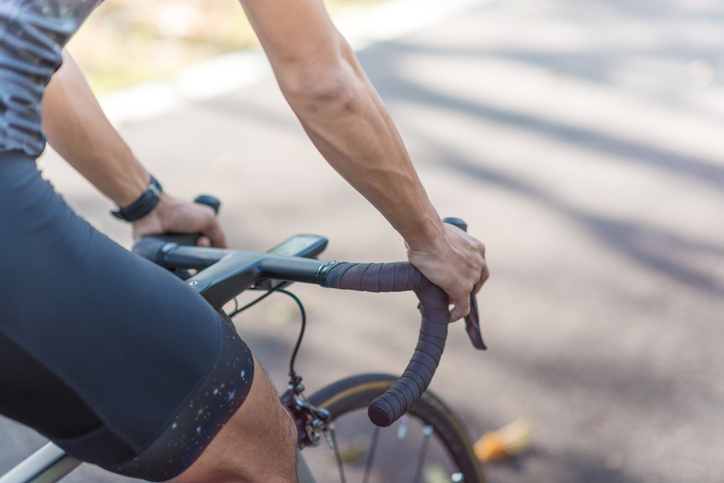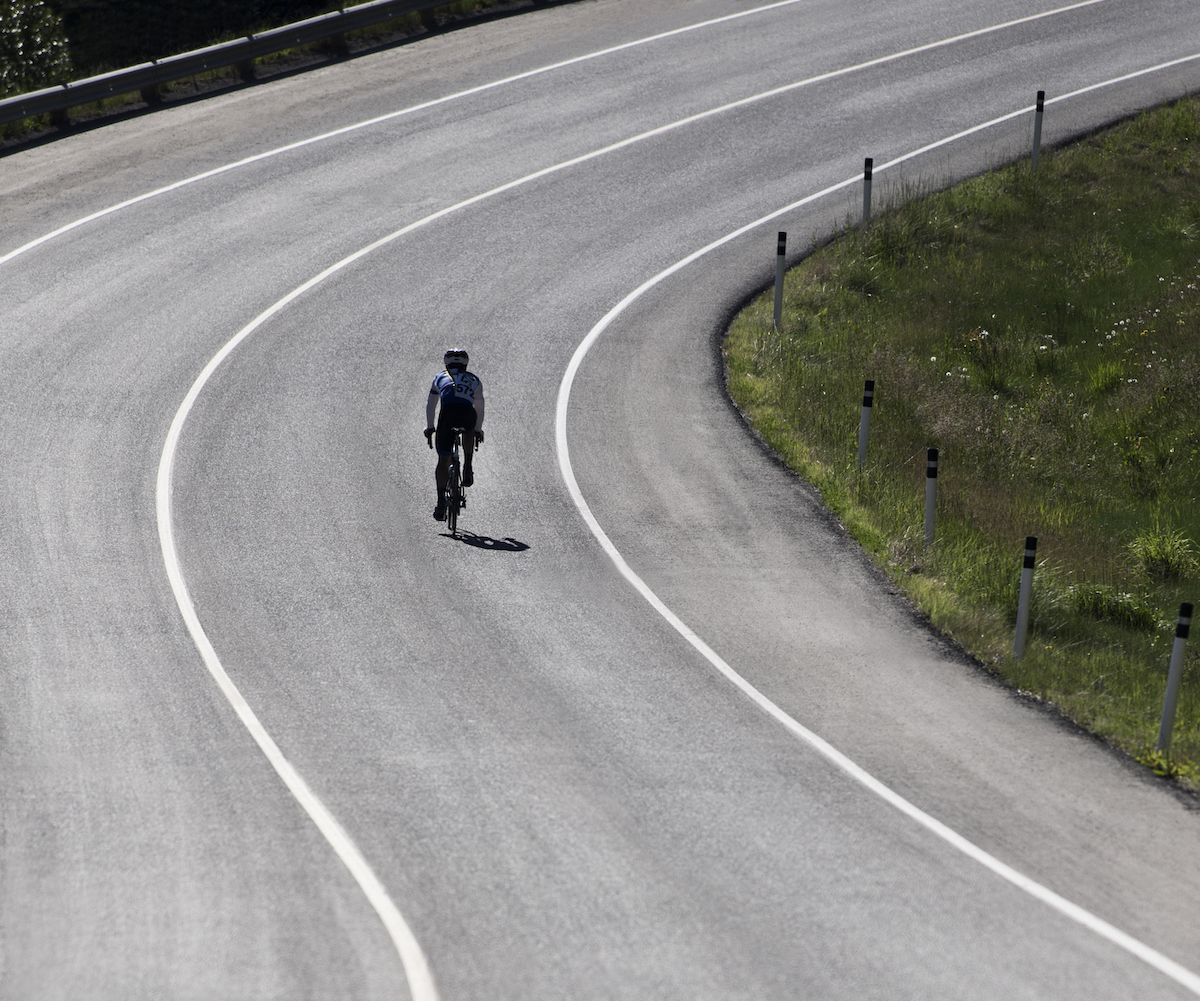Should you do an FTP test outdoors?
Figure out if you could benefit from measuring your functional threshold power off of the trainer

The sun is shining, you’re riding outdoors (maybe even with friends as restrictions lift) and life is good. The blur of sweaty winter trainer rides is far in the past, but that doesn’t mean that you have to give up structured training. If you’re thinking of bringing some workouts to outdoor rides, or if you feel like you’re getting stronger (or weaker) on the bike, it’s probably time for an FTP test.
But should you test inside on the trainer or should you do it outside, where you’ll be riding the most?
FTP testing
The goal of a functional threshold power (FTP) test is to get a number, in watts, that is your personal threshold (lactic threshold). Riding at a power level below your FTP should be sustainable for longer periods of time, while time spent training above your FTP will cause you to fatigue more quickly.
FTP tests are important if you want to do any power-based workouts. Most training plans use FTP or a similar metric to build workouts that are specifically tailored to your personal abilities.
The three most popular formats of testing your FTP are the ramp, eight-minute and 20-minute tests.
RELATED: Which FTP test should you do?
Why test outdoors?
If you have a power meter, you’ve probably noticed that your outdoor power numbers are different from your indoor power numbers. If you plan on training outdoors, it makes sense to also get an estimate of your threshold via an outdoor test, so the numbers translate accurately and your workouts are sufficiently challenging.
For those who don’t plan on training outdoors, and normally test power inside but would just like to get a benchmark of their fitness, indoor testing is likely the way to go. The outdoor test will be in very different circumstances than a trainer setup, so the results won’t tell you as much when compared to previous testing data.
Where and how will you be riding?
The small power increases of the ramp test are extremely difficult to hit accurately outdoors, so you’ll be choosing between the eight-minute or 20-minute test.
If you’re thinking about testing outdoors, consider where you would possibly be able to sustain an uninterrupted eight- or 20-minute effort. Look for a quiet stretch of road with no lights, stop signs or other factors that could force you to stop unexpectedly.
Ideally, you’ll choose somewhere close enough that you’ll be able to repeat the test on the same road in similar conditions. A flat road is great, but if you plan on doing all your workouts on a hill (or racing on a very hilly course) you can do your test on a climb. If you aren’t spending most of your time climbing, you’re best off sticking to a flat. Chad Timmerman of TrainerRoad notes that as there is less inertia when going uphill, meaning “all the way around your pedal stroke, you’re forced to apply more pressure on the pedals,” which can make a measurable difference in the way your muscles put down power.
Equipment
To measure power many riders will use an indoor smart trainer (or virtual power estimates.) If you don’t have a power meter on your bike, you’re currently stuck with indoor testing methods, though many programs will still give you the option to do workouts outdoors using heart rate or perceived exertion.
RELATED: The basics of power in cycling and why you need a power meter
Those who have a power meter on their bikes have the option to do outdoor testing. A bike computer that supports uploaded workouts is ideal, but for 8 or 20 minute tests as long as it can record average power for the interval you’ll be able to get what you need.
If you have the option to calibrate your power meter make sure you do it before the test. Your favourite kit, a well-lubed chain and air in your tires are all factors that are not essential to a successful test but, importantly, they will help you feel strong and put you in a good mental state.
RELATED: Optimize your FTP test preparation
The race workaround
If you really hate testing or you can’t find a good road, but you’ve recently done a race where you hit some all-out power records, you might have a way to estimate your FTP. Find a segment in the race where you put in a consistent, everything-out-on-the-line effort for eight or 20 minutes and calculate your average power for the effort. Reduce the power by 10 per cent for an eight-minute effort or five per cent for a 20-minute effort to figure out an estimated FTP.

